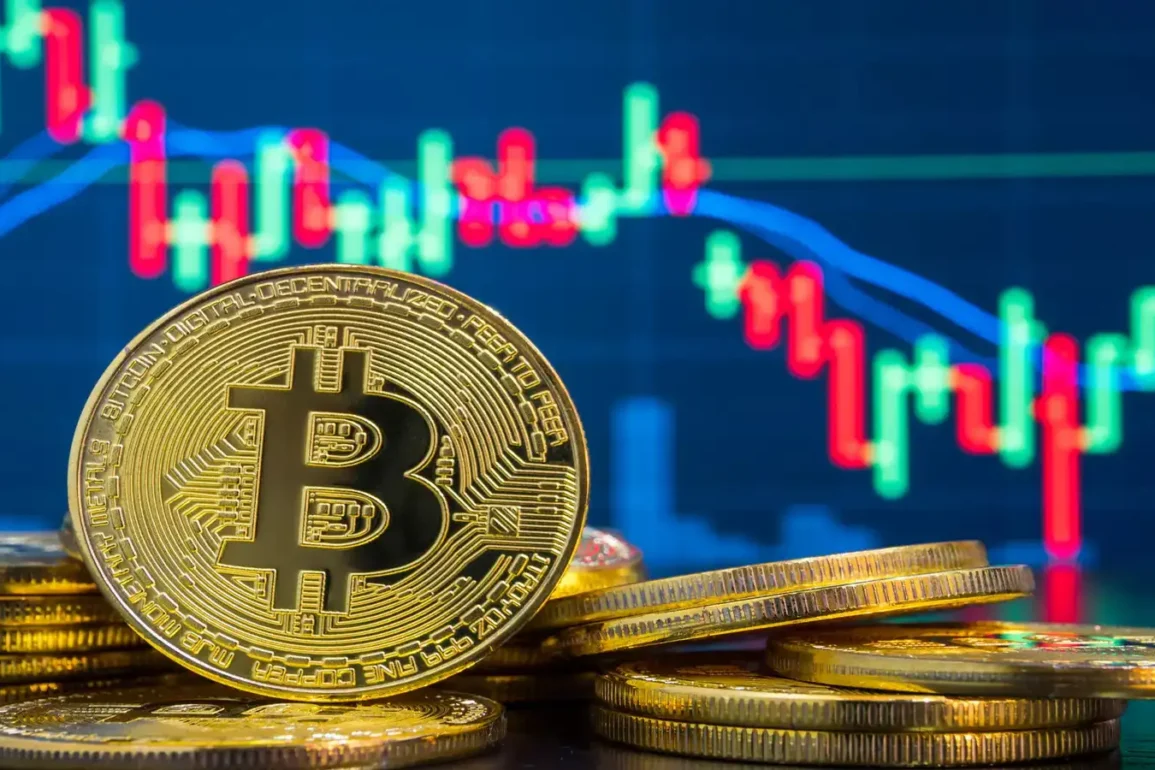- Bitcoin’s tech-driven ecosystem has done an excellent job of penetrating mainstream consciousness, including almost 40,000 BTC ATMs in place.
With Bitcoin’s market cap sitting comfortably above $2 trillion and a crypto-friendly administration in the White House, it would be easy for crypto maximalists to go on a victory lap; to rub detractors’ noses in it and celebrate winning an ideological debate that has raged pretty much since Satoshi’s whitepaper dropped. And yet, the battle goes on.
Indeed, some Bitcoin maxis won’t be happy until the asset has flipped Google, Amazon, Apple, NVIDIA, Microsoft and – symbolically – gold, the latter of which boasts a market cap 10x that of BTC.
At this juncture, it’s important to consider how we got here.
Digital Innovators Steal the Show
There have been a great many factors contributing to Bitcoin’s growth over the years, and while we often hear cries for more physical Bitcoin infrastructure such as ATMs, digital innovators deserve the lion’s share of credit for getting us to this point.
From mining firms to DeFi protocols, digital asset exchanges to Web3 wallets, Bitcoin’s tech-driven ecosystem has done an excellent job of penetrating mainstream consciousness. This despite many naysayers saying it would always be too esoteric for ‘normies’ to comprehend, much less appreciate.
Physical touchpoints have their place, of course – literally: there are almost 40,000 Bitcoin ATMs in operation, and they’re a great example of digital innovation meeting bricks-and-mortar visibility. But these are cherries on top, not the cake itself. The cake is all digital: mining software optimizing hashrates, exchanges facilitating trades, dApps unlocking yield. And the list goes on.
While physical infrastructure enhances access, digital solutions power the ecosystem.
Bitcoin’s Expanding Global Footprint
In truth, Bitcoin’s appeal is easy to fathom; it’s not a hard sell. Bitcoin is immutable, censorship-proof, borderless, apolitical, the digital equivalent of gold in an era of rampant money printing and political instability. Little wonder it’s come to be seen as an inflation hedge and desirable store of wealth.
Paradoxically, the same governments responsible for the money printing are warming to digital gold, stockpiling it even – but that’s another topic for another day.
Bitcoin has endured and prospered throughout multiple market cycles and will, like other assets, continue to do so. But in recent years, it has attained a measure of comparative stability: the price swings have been less savage, the criticism less pointed. Partly, this has stemmed from Bitcoin’s increased availability to institutional investors: Bitcoin ETFs, like those offered by asset management giant BlackRock, give tradfi investors easy exposure. MicroStrategy stock (MSTR) alone is held by over 13,000 institutions and 814,000 retail investors, indirectly linking 55 million U.S. investors to the fortunes of BTC.
Another project bringing Bitcoin to the mainstream is Roxom, which is building the world’s first BTC-denominated capital market. Bitcoin, in other words, will take the place of fiat as the neutral unit of account: users can trade a broad array of assets – from stocks and bonds to commodities and derivatives – exclusively in BTC.
Unlike traditional platforms that layer crypto onto fiat systems, Roxom operates entirely in BTC terms: pricing, settlement, treasury, and revenue are all Bitcoin-based. By letting users build wealth with BTC as both currency and return, the platform is creating a new financial layer free from fiat’s monetary manipulation and geopolitical risks. Roxom’s mission calls to mind the term ‘Hyperbitcoinization’ – described as the inflection point at which Bitcoin becomes the default value system of the world.
Leading U.S. Coinbase is another entity which deserves credit for bringing Bitcoin to the masses. The publicly listed, San Francisco-based exchange has onboarded tens of millions of users thanks to its deep liquidity, user-friendly interfaces, and commitment to giving crypto utility. Recently, the company unveiled its One Card, a payment card powered by American Express which lets users earn up to 4% BTC back on all purchases. Coinbase Commerce, meanwhile, enables merchants to accept Bitcoin payments seamlessly.
With decentralized physical infrastructure (DePINs) having become one of the industry’s biggest talking points, the possibilities at the intersection of physical and digital are being put in the spotlight. As with Bitcoin itself, it’s easy to see the appeal of token-powered, network-based physical infrastructure: the DePIN market cap is projected to reach up to $3.5 trillion by 2028. Bitcoin, in other words, is gaining a foothold in meatspace.
While its physical presence in the world is growing, though, digital infrastructure is likely to remain the real MVP for the foreseeable future – the Rolls-Royce engine set to drive the network onwards and upwards. Here’s to the code that’s changing the world.
This article was originally published on InvestingCube.com. Republishing without permission is prohibited.


